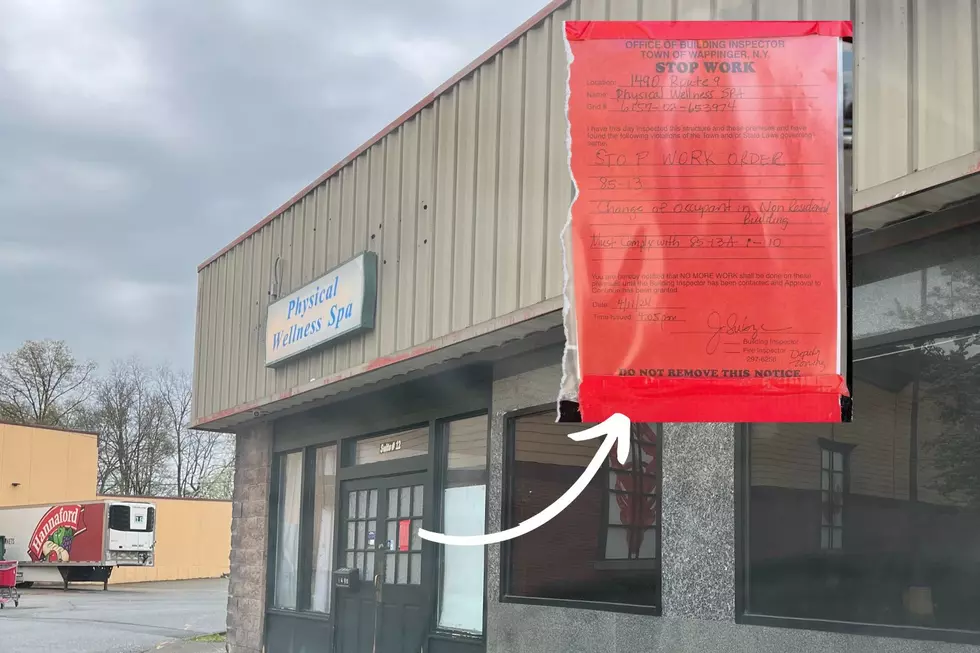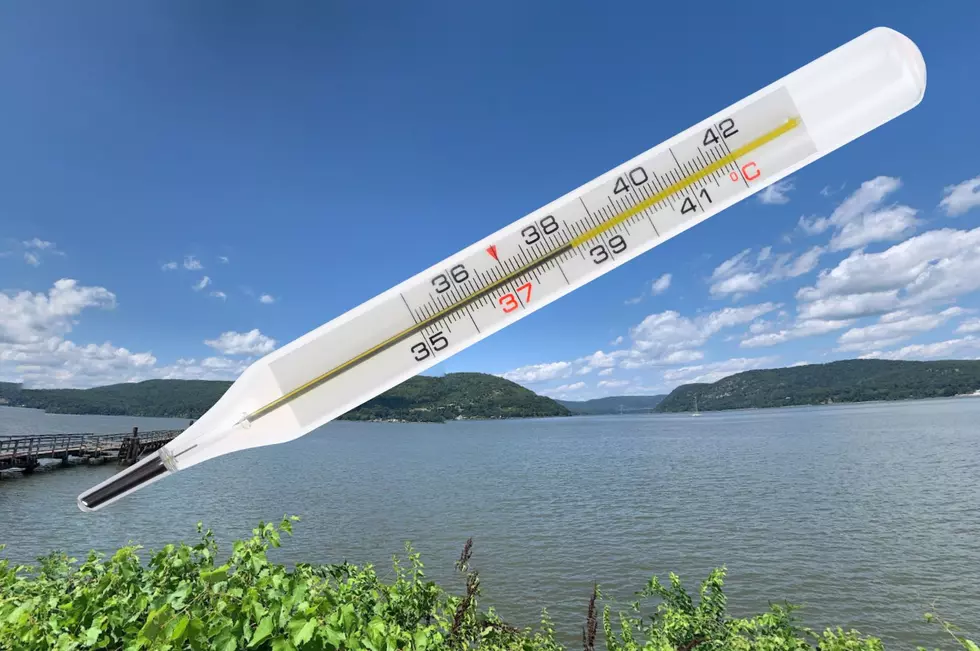
WEATHER: A Warm Week Ahead For the Hudson Valley
Above average temperatures are expected to hang around the Hudson Valley for week ahead, as highs will climb into the 70s this week. The rain the area saw this past weekend has cleared. This will bring sunnier skies ahead for the next several days, with the next chance for rain not until late Friday.
Highs Monday will be in the low 70s, with increasing sun as the day goes on. Monday is looking at a mixture of clear and cloudy skies with lows in the low to mid 50s. Tuesday should see highs in the mid 70s under and sunny skies. Lows will be in the mid 50s Tuesday night, with mostly clear skies.
Highs Wednesday and Thursday will stay much warmer than normal, with temperatures in the mid 70s both days. We can't rule out highs approaching 80 as we get towards the end of the week. The forecast for Friday is calling for increasing clouds, with highs in the upper 70s. The next chance for precipitation will come late Friday, as scattered showers are possible across the area. The chance for rain is expected to last through Saturday, as highs will reach the mid 70s again, before a cool down arrives late weekend.
So how vulnerable is the Hudson Valley is extreme weather? A new national poll from NPR/PBS NewsHour/Marist College examined the issue. According to the poll, 24% living in the Northeast say they've been affected by extreme weather over the past two years. While this is nowhere near as high as those polled from the South or Far West, the survey only looked back through 2019. This doesn't take into account weather events such as Hurricane Irene, Superstorm Sandy, or all the major snow storms. But, when compared to many living in the Gulf states, who have been slammed time and time again by hurricanes in just the past few years, or those out West who have endured megafires every year, we're still pretty lucky.
LOOK: The most expensive weather and climate disasters in recent decades
KEEP READING: Get answers to 51 of the most frequently asked weather questions...
TIPS: Here's how you can prepare for power outages
More From WRRV-WRRB









